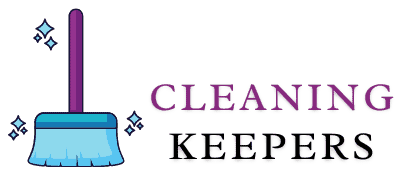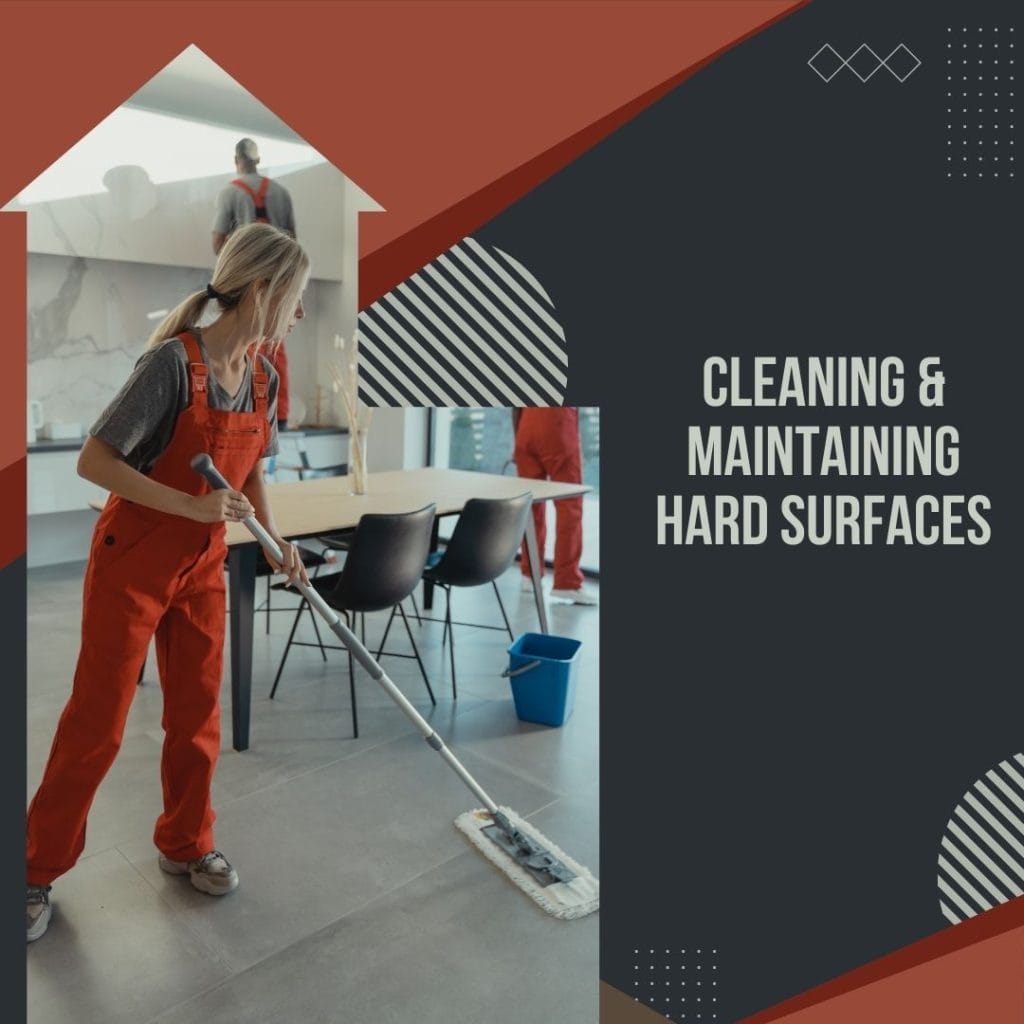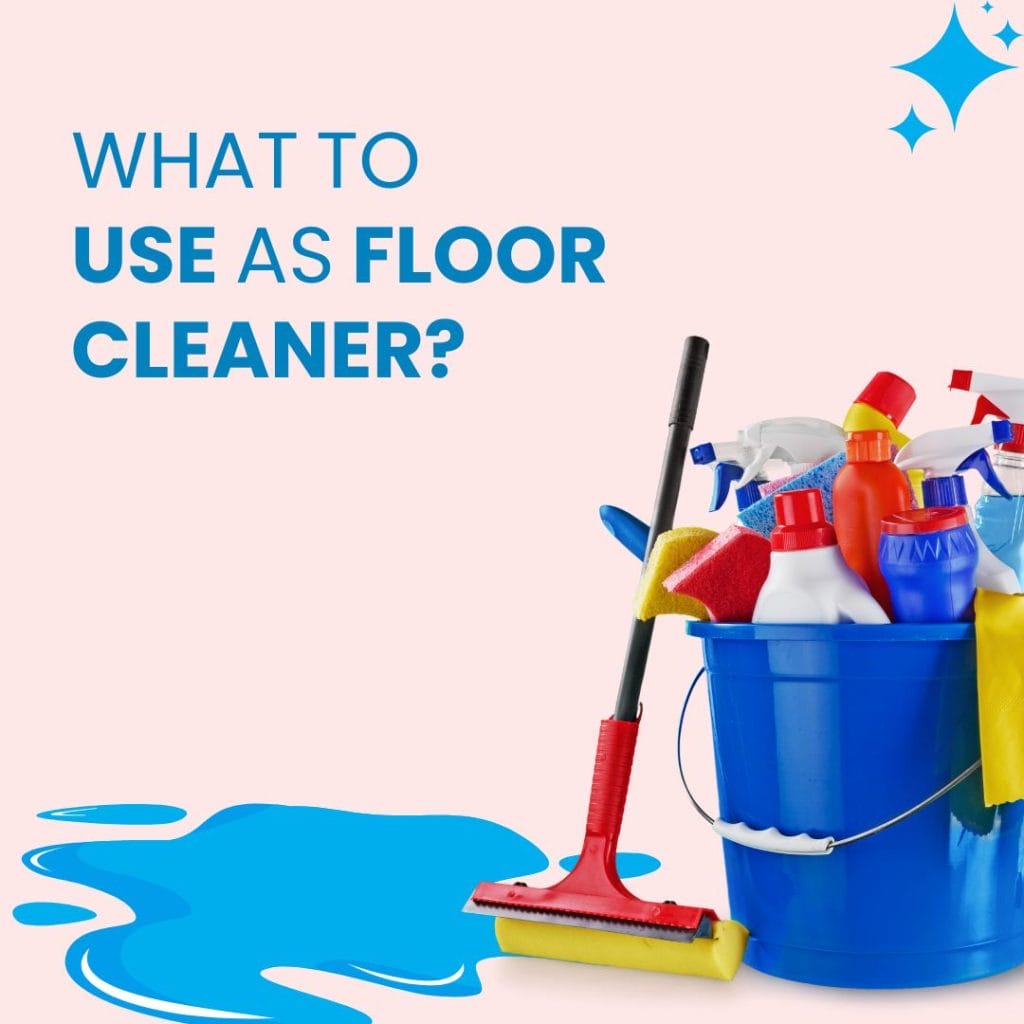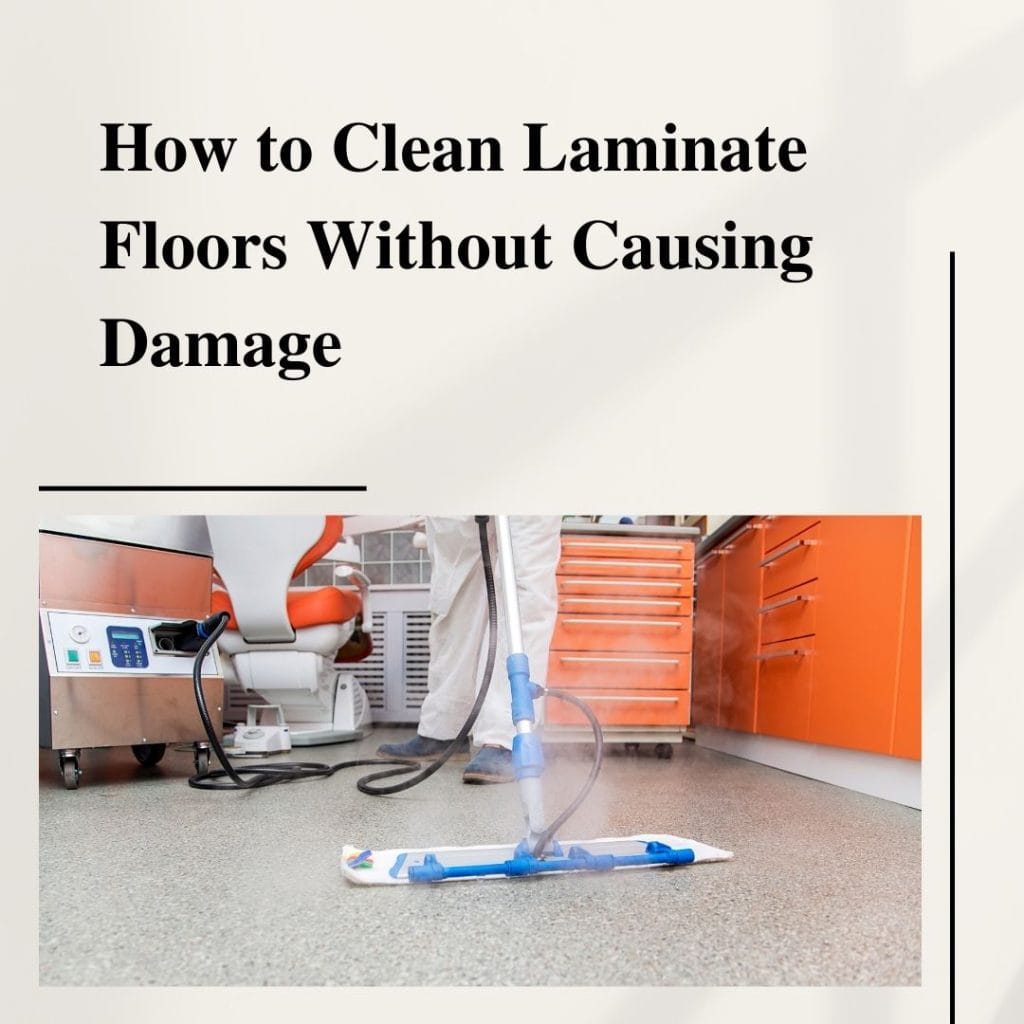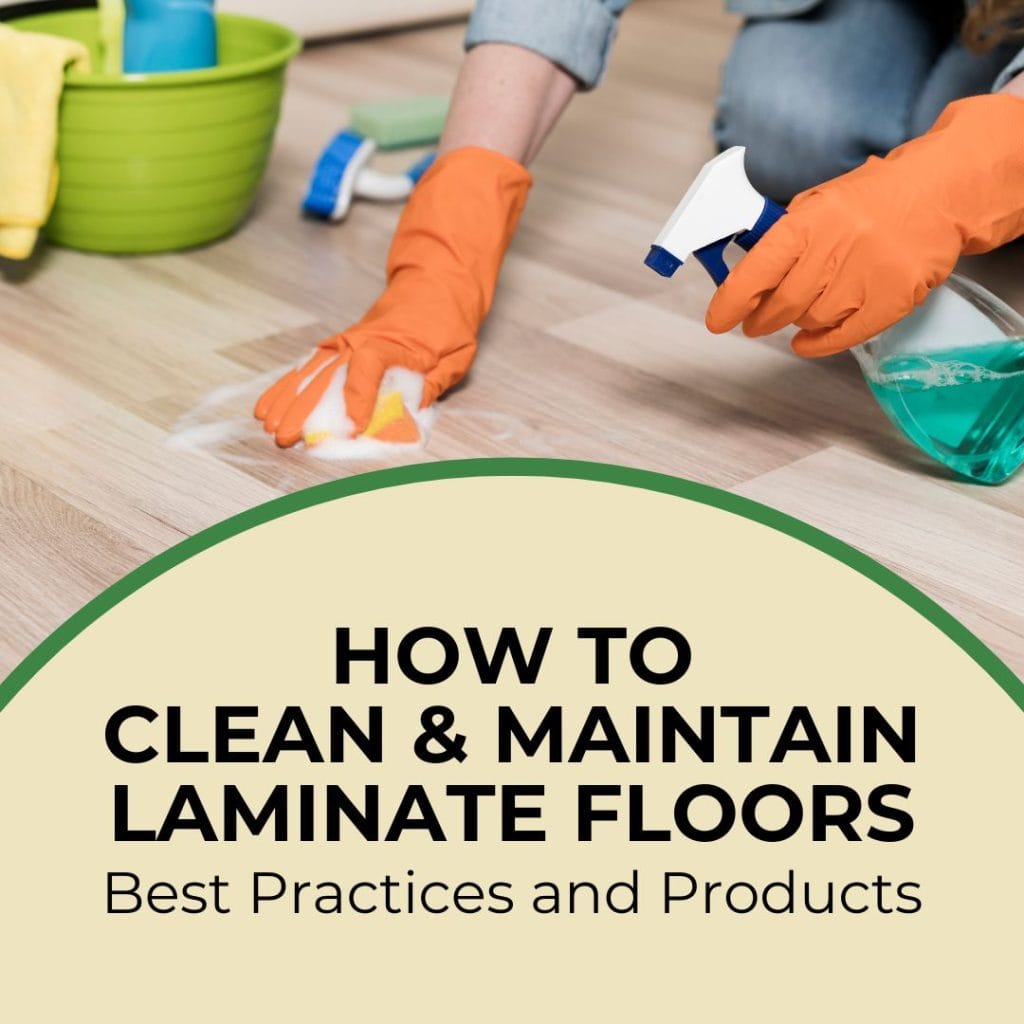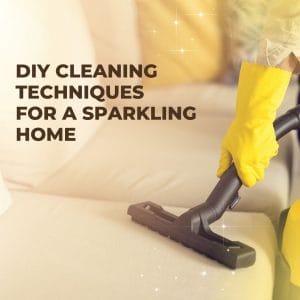In the realm of home maintenance, the care and upkeep of hard surfaces are often a blend of necessity and aesthetics. From the rustic charm of hardwood floors to the sleek sheen of marble countertops, hard surfaces are not just functional elements of our homes; they are also significant investments in comfort and style. However, without proper cleaning and maintenance, these surfaces can lose their luster, degrade in quality, and even become health hazards.
This essential guide is your comprehensive resource for understanding, cleaning, and maintaining various hard surfaces. Whether you’re navigating the delicate care of hardwood, tackling the grime in tile grout, preserving the rugged beauty of concrete, or enhancing the natural elegance of stone surfaces, this guide offers practical, easy-to-follow advice.
We begin by acquainting you with the different types of hard surfaces commonly found in homes and commercial spaces, each possessing unique characteristics and maintenance needs. Recognizing these differences is crucial in choosing the right cleaning methods and products, ensuring that your surfaces not only look pristine but also maintain their integrity over time.
From daily maintenance tips that can prolong the life and appearance of these surfaces, to more intensive deep-cleaning strategies, we’ve got you covered. We also delve into solving common problems like stains and scratches, and offer insights into preventive measures to protect your surfaces from damage.
Join us as we embark on this journey to keep your hard surfaces not just clean, but also well-maintained and radiant, preserving their beauty and functionality for years to come.
Understanding Different Hard Surfaces
Embarking on our journey to pristine hard surfaces, let’s first dive into understanding the unique characteristics and maintenance needs of different types of hard surfaces, each with its own story and requirements.
Hardwood Floors
What are Hardwood Floors? Hardwood floors are a popular and timeless choice for flooring, renowned for their natural beauty and durability. They are made from solid wood planks or strips derived from a single piece of timber, typically from species like oak, maple, or walnut. Hardwood floors can be sanded and refinished multiple times over their lifespan, allowing for a long-lasting and ever-renewable flooring option.
Unique Characteristics of Hardwood Floors
- Natural Beauty: Hardwood floors boast a unique grain pattern and rich color that can enhance the aesthetic appeal of any space.
- Variety: Available in a range of species, stains, finishes, and plank widths, hardwood floors offer diverse options to suit different interior styles.
- Acoustic Properties: They are known for their sound-dampening qualities, making rooms feel quieter and more intimate.
- Insulation: Wood is a natural insulator, helping to keep spaces warm in winter and cool in summer.
- Durability and Longevity: When properly maintained, hardwood floors can last for decades, often outlasting other flooring types.
Hardwood floors offer diverse options to suit different interior styles. For creative installation patterns like staggering laminate flooring, learn more here. …
Common Issues with Hardwood Floors
- Scratches and Dents: Hardwood floors are prone to scratches from furniture, pet claws, and high foot traffic, especially in softer wood species.
- Water Damage: Excessive moisture can cause warping, swelling, or discoloration. Spills should be wiped up promptly to prevent damage.
- Sunlight Exposure: Prolonged exposure to sunlight can lead to fading or discoloration over time.
- Expansion and Contraction: Wood naturally expands and contracts with changes in humidity and temperature, which can lead to gaps or buckling.
- Maintenance Requirements: Regular cleaning, occasional refinishing, and protective measures (like using area rugs and felt pads under furniture) are essential to maintain their appearance and longevity.
Understanding these characteristics and issues is vital for anyone looking to install, maintain, or restore hardwood floors, ensuring they remain a beautiful and functional aspect of their living space.
Hardwood floors are prone to scratches from furniture, pet claws, and high foot traffic. For solutions on repairing laminate flooring scratches, see our guide here. …
Tile and Grout Floors
What are Tile and Grout Floors? Tile and grout floors are a common and versatile flooring option used in various settings, from residential to commercial spaces. They consist of manufactured pieces of hard-wearing material such as ceramic, porcelain, or stone, which are set in place with grout—a dense fluid used to fill gaps and seal the joints between tiles. The durability, ease of maintenance, and wide range of design options make tile floors a popular choice.
Tile and grout floors are versatile in use. For unique considerations like laying laminate over tile, explore our article here.
Types of Tiles
- Ceramic Tiles
- Composition: Made from clay that is kiln-fired at high temperatures.
- Characteristics: They are less dense and more porous than porcelain, making them easier to cut and install but slightly less durable. Ceramic tiles are ideal for interior walls and floors not subjected to extreme wear.
- Variety: Available in a vast range of colors, patterns, and sizes.
- Porcelain Tiles
- Composition: A type of ceramic tile, but made from a more refined clay and fired at higher temperatures.
- Characteristics: Porcelain tiles are denser, less porous, and more water-resistant than standard ceramic tiles, making them suitable for both indoor and outdoor use. They are also highly durable and resistant to heavy foot traffic.
- Variety: Comes in a range of finishes, including glazed, unglazed, and textured.
- Natural Stone Tiles
- Types: Includes varieties like marble, granite, slate, and travertine.
- Characteristics: Each type of stone tile has unique features. For example, marble is known for its rich veining, granite for its speckled appearance, and slate for its rustic, textured look. Natural stone tiles are highly durable and can add a luxurious feel to spaces.
- Maintenance: They require more maintenance than ceramic or porcelain tiles, including regular sealing to prevent stains and water damage.
Grout
- Purpose: Grout fills the spaces between tiles, providing stability, preventing debris and moisture from getting underneath, and completing the overall look of the tile installation.
- Types: Comes in sanded and unsanded varieties, with color choices to complement or contrast the tiles.
Understanding these different types of tiles and their unique properties is crucial in selecting the right tile for specific applications, ensuring not only an aesthetically pleasing outcome but also functional durability and ease of maintenance.
Concrete Surfaces
What are Concrete Surfaces? Concrete surfaces are a popular and versatile flooring option, composed of a mixture of cement, aggregates (like sand and gravel), and water. Once mixed, it’s poured and shaped, then allowed to harden into a durable surface. Concrete is used in various settings, from industrial and commercial to residential spaces, due to its strength, longevity, and flexibility in design.
Unique Qualities of Concrete Surfaces
- Durability: Concrete is extremely strong and can withstand significant wear and tear, making it ideal for high-traffic areas.
- Versatility in Design: Modern concrete surfaces can be stained, polished, textured, or colored, allowing for a range of aesthetic options.
- Low Maintenance: Concrete is easy to maintain, requiring only regular cleaning and occasional sealing.
- Thermal Mass: Concrete has high thermal mass, absorbing and retaining heat, which can be beneficial in regulating indoor temperatures.
- Cost-Effectiveness: It’s often more affordable than other flooring options, especially for large areas.
Indoor vs. Outdoor Concrete
- Indoor Concrete
- Finish and Texture: Indoor concrete is often polished, stained, or sealed to create a smoother, more decorative surface.
- Maintenance: Requires sealing to protect against spills and stains. It may also require re-polishing over time to maintain its shine.
- Use: Common in residential and commercial interiors, including floors, countertops, and decorative elements.
- Outdoor Concrete
- Durability: Outdoor concrete is formulated to withstand harsher conditions like extreme temperatures, moisture, and heavy foot or vehicle traffic.
- Finish and Texture: Often has a textured finish to provide traction and prevent slipping, especially in wet conditions.
- Weather Resistance: It’s treated with special sealants to protect against weather-related damage like freezing and thawing cycles.
- Use: Used in driveways, patios, walkways, and other outdoor applications.
The choice between indoor and outdoor concrete depends largely on the specific requirements of the space, including factors like exposure to elements, desired aesthetic, and functional use. Understanding these differences ensures the right type of concrete is used for each application, optimizing both its performance and longevity.
Natural Stone Surfaces
What are Natural Stone Surfaces? Natural stone surfaces are flooring and decorative options made from extracted stone, used in various settings due to their beauty, durability, and uniqueness. Each piece of stone is one-of-a-kind, often characterized by distinct patterns, colors, and textures. These surfaces are popular in both residential and commercial spaces for floors, countertops, walls, and other architectural elements.
Different Varieties and Their Unique Needs
- Marble
- Characteristics: Known for its luxurious and elegant appearance, marble features distinctive veining and comes in a range of colors. It’s relatively soft and porous compared to other natural stones.
- Unique Needs:
- Susceptible to etching from acidic substances (like lemon juice or vinegar).
- Prone to scratches and stains.
- Requires regular sealing to protect its surface.
- Ideal for low-traffic areas or decorative elements.
- Granite
- Characteristics: Granite is highly durable and dense, making it resistant to scratches and stains. It features a granular appearance with varying specks of color, giving it a unique, natural look.
- Unique Needs:
- Less porous than marble but still requires sealing to prevent stains.
- Suitable for high-traffic areas due to its durability.
- Resistant to heat, making it a popular choice for kitchen countertops.
- Slate
- Characteristics: Slate is known for its fine-grain texture and rustic appearance, often found in shades of gray, black, and green. It’s durable and slip-resistant, making it suitable for both indoor and outdoor use.
- Unique Needs:
- Naturally resistant to moisture and stains.
- The surface can be flaky or cleft, which might require regular sealing to smooth out.
- Ideal for outdoor patios, walkways, and high-traffic indoor areas.
General Maintenance for Natural Stone Surfaces
- Regular Cleaning: Use pH-neutral cleaners to prevent damage to the stone’s natural finish.
- Sealing: Most natural stone surfaces require periodic sealing to protect against stains and moisture.
- Avoid Harsh Chemicals: Harsh or acidic cleaning solutions can damage the surface of natural stones like marble.
- Immediate Spill Cleanup: Promptly cleaning spills, especially of acidic or staining substances, is crucial to prevent damage.
Natural stone surfaces, with their diverse range and distinct characteristics, offer a timeless and elegant option for various applications. Understanding the specific needs and maintenance requirements of each type ensures their beauty and longevity are preserved.
Daily Maintenance Tips for Hard Surfaces
Proper daily maintenance is key to preserving the beauty and longevity of hard surfaces. Here’s a guide to routine cleaning practices, recommended tools and products, and tips to prevent damage and wear.
For most hard surfaces, a damp mop can effectively clean without damage. Learn specific tips on cleaning laminate floors without causing damage here. ..
Routine Cleaning Practices
- Regular Sweeping or Dust Mopping: Daily sweeping or dust mopping removes dirt, dust, and debris that can scratch or dull the surface of hard floors.
- Prompt Spill Cleanup: Immediately cleaning up spills prevents staining and moisture damage, especially on porous surfaces like natural stone or unsealed concrete.
- Damp Mopping: For most hard surfaces, a damp mop can effectively clean without leaving excess water that could seep into and damage the flooring.
Recommended Tools and Products
- Microfiber Mops and Cloths: These tools are gentle on surfaces and effective at trapping dirt and dust.
- pH-Neutral Cleaners: Suitable for most hard surfaces, these cleaners avoid damage caused by harsh chemicals.
- Soft Bristle Brooms: Ideal for sweeping without scratching the floor’s surface.
- Manufacturer-Specific Cleaners: For certain surfaces, like natural stone or specific hardwood finishes, use cleaners recommended by the manufacturer.
- Steam Mops: These can be used on certain hard surfaces for deeper cleaning, but check if they’re suitable for your specific flooring type first.
Preventing Damage and Wear
- Use Protective Pads Under Furniture: Felt or rubber pads can prevent scratches and dents caused by furniture.
- Rugs and Mats: Place these in high-traffic areas and at entry points to minimize wear and capture dirt and moisture from shoes.
- Avoid Hard or Sharp Objects: High heels, pet nails, and sharp objects can scratch or dent hard surfaces.
- Regular Inspection and Maintenance: Check for any signs of damage or wear and address them promptly to prevent further deterioration.
- Control Humidity and Temperature: Excessive humidity or dryness can cause natural materials like wood to warp or crack. Maintaining a stable indoor environment helps preserve these surfaces.
- Sunlight Exposure: Use curtains or blinds to minimize direct sunlight on floors, which can lead to fading or discoloration over time.
Implementing these daily maintenance practices will help keep your hard surfaces looking their best, prolonging their lifespan and ensuring they continue to add value and beauty to your space.
Deep Cleaning Strategies for Hard Surfaces
Deep cleaning is essential for maintaining the integrity and appearance of hard surfaces. Here’s a step-by-step guide for deep cleaning various types of hard surfaces, along with recommendations for safe and effective cleaning products and tools, as well as DIY natural cleaning solutions.
Hardwood Floors
- Sweep or Vacuum: Remove all dust and debris.
- Mop: Use a damp mop with a hardwood floor cleaner. Avoid excess water.
- Spot Clean: Address tough stains with a mixture of water and mild dish soap.
- Dry: Wipe the floor with a dry microfiber cloth to prevent water spots.
Products and Tools: Microfiber mop, pH-neutral hardwood floor cleaner.
DIY Solution: A mix of water and a small amount of mild dish soap.
Use a damp mop with a hardwood floor cleaner. For issues like dents in laminate flooring, find effective solutions here….
Tile and Grout
- Sweep or Vacuum: Clean all debris off the tiles.
- Mop: Use a mixture of warm water and tile cleaner.
- Grout Cleaning: Apply a baking soda and water paste to the grout, then scrub with a brush.
- Rinse and Dry: Rinse the surface with clean water and dry with a clean cloth.
Products and Tools: Soft-bristle brush, commercial tile and grout cleaner.
DIY Solution: Baking soda and water for grout; vinegar and water solution for tiles.
Concrete Surfaces
- Sweep or Vacuum: Clear all dirt and debris.
- Scrubbing: Use a concrete cleaner and scrub the surface with a stiff brush.
- Rinse: Thoroughly rinse with water.
- Dry: Allow to air dry or use a squeegee.
Products and Tools: Concrete cleaner, stiff-bristle brush.
DIY Solution: A mix of dish soap and water for light cleaning.
Natural Stone Surfaces
- Sweep or Vacuum: Remove any surface debris.
- Mop: Use a stone-safe cleaner and a soft mop.
- Spot Cleaning: Treat stains with a stone poultice.
- Dry: Buff dry with a microfiber cloth.
Products and Tools: Stone-safe cleaner, microfiber mop.
DIY Solution: Mild dish soap with water (use sparingly).
DIY Natural Cleaning Solutions vs. Commercial Cleaners
DIY Natural Cleaning Solutions
- Pros: Environmentally friendly, fewer chemicals, often less expensive, and gentle on most surfaces.
- Cons: May not be as effective on tough stains or build-up; some natural substances like vinegar can damage sensitive surfaces (like natural stone).
Commercial Cleaners
- Pros: Formulated for specific surfaces and types of dirt or stains; often more powerful and efficient in deep cleaning.
- Cons: Can contain harsh chemicals; more expensive; not always environmentally friendly.
Which One is Better? The choice between DIY natural cleaning solutions and commercial cleaners depends on the type of surface, the nature of the dirt or stains, and personal preferences regarding environmental impact and chemical use. For general, light cleaning, DIY solutions are often sufficient and safer for the environment. However, for tougher jobs or specific surface materials, commercial cleaners designed for that particular surface may be more effective and safer to use. Always test any cleaning solution, whether DIY or commercial, on a small, inconspicuous area first.
Dealing with Common Problems on Hard Surfaces
Hard surfaces in homes and businesses can encounter a variety of issues. Here’s how to tackle some of the most common problems, including stain removal, repairing scratches and damages, and addressing mold and mildew in grout and tile.
In addition to stain removal techniques, addressing structural issues like buckling in laminate floors is essential. Learn how to fix this [here]
Stain Removal Techniques
- Hardwood Floors
- Light Stains: Use a mixture of vinegar and water to gently rub the stain.
- Dark Stains: Apply a paste of baking soda and water, and gently rub the stain. For persistent stains, consider using a wood floor cleaner specifically designed for stain removal.
- Tile and Grout
- Tiles: Clean with a mixture of baking soda and water. For tougher stains, use hydrogen peroxide or a commercial tile cleaner.
- Grout: Use a paste of baking soda and water, apply to the grout, and scrub with a small brush. For deeper stains, hydrogen peroxide or a commercial grout cleaner can be more effective.
- Concrete Surfaces
- Use a mixture of laundry detergent and water for general stains. For oil or grease stains, apply a degreaser or a paste of baking soda and water.
- Natural Stone Surfaces
- Immediately blot spills to prevent staining. Use a stone-specific cleaner for stains. For persistent stains, a poultice made from baking soda and water can be applied, left to dry, and then removed.
Repairing Scratches and Other Damages
- Hardwood Floors
- For light scratches, use a wood floor cleaner and microfiber cloth. For more detailed guidance on repairing scratches on hardwood floors, click here. Light scratches can be buffed out using a wood floor cleaner and a microfiber cloth. Deeper scratches might require filling with wood putty and refinishing. Light scratches can be buffed out, while deeper scratches might require more attention. For chipped laminate flooring, find repair tips here. ..
- Tile and Grout
- Cracked tiles require replacement. For scratched tiles, consider using a repair kit or a color-matched paint pen.
- Concrete Surfaces
- Small cracks can be filled with a concrete patching compound. Larger damages may require a professional assessment.
- Natural Stone Surfaces
- Scratches can sometimes be buffed out with a fine steel wool. Deeper scratches and chips might need professional refinishing or filling.
Addressing Mold and Mildew in Grout and Tile
- Cleaning Solution: Mix water with either hydrogen peroxide, white vinegar, or a mild bleach solution.
- Application: Apply the solution directly to the moldy grout and tile.
- Scrubbing: Use a small brush to scrub the area, being careful not to damage the grout.
- Rinsing: Rinse thoroughly with water after scrubbing.
- Drying: Dry the area completely to prevent the mold from returning.
- Prevention: Regular cleaning, adequate ventilation, and keeping the area dry can help prevent mold and mildew growth.
Always remember to wear protective gloves and ensure good ventilation when using cleaning solutions, especially those containing bleach or hydrogen peroxide. For severe damage or persistent problems, it might be best to consult a professional.
Preventive Measures and Long-Term Care for Hard Surfaces
Maintaining hard surfaces involves both daily care and long-term strategies to protect them from damage and wear. Here are some preventive measures and tips for the long-term care of various hard surfaces:
Regular inspections can help determine when refinishing or repair is needed. For a general guide on repairing laminate floors, visit here….
Tips to Protect Surfaces from Damage
- Use Rugs and Mats: Place them in high-traffic areas and at entrances to reduce wear and capture dirt and moisture.
- Furniture Pads: Attach felt pads under furniture legs to prevent scratches on flooring.
- Regular Cleaning: Keep the surfaces clean to prevent the buildup of grit and dirt that can cause scratches.
- Avoid Harsh Chemicals: Use cleaners appropriate for the specific surface type to avoid damage.
- Manage Spills Promptly: Clean spills immediately to prevent stains, especially on porous surfaces.
- Limit Direct Sunlight: Use blinds or curtains to reduce sun exposure that can fade or discolor surfaces.
- Maintain Indoor Climate: Extreme humidity or dryness can affect certain surfaces like hardwood, so maintaining a stable indoor environment is crucial.
Sealing and Protective Coatings
- Effectiveness: Sealing and protective coatings are highly effective in extending the life of many hard surfaces. They provide a barrier against stains, moisture, and wear.
- Application:
- Natural Stone and Concrete: Should be sealed periodically to protect against stains and moisture.
- Hardwood Floors: Protective coatings like polyurethane can guard against scratches and wear.
- Tile and Grout: Sealing grout lines can prevent staining and ease cleaning.
Refinishing or Replacing Hard Surfaces
- Hardwood Floors: When they show significant wear, discoloration, or deep scratches. Refinishing involves sanding down the surface and applying a new finish coat.
- Tile and Grout: Replace if tiles are cracked or if the grout is irreparably stained or damaged.
- Concrete Surfaces: Refinish if the surface is extensively cracked, chipped, or stained beyond repair.
- Natural Stone: Requires refinishing if it becomes etched, scratched deeply, or loses its shine and luster.
Regular inspections can help determine when refinishing or replacement is needed. In many cases, addressing issues early can extend the life of the surface and delay the need for more extensive and costly measures.
Eco-Friendly and Safe Cleaning Practices for Hard Floors
Adopting eco-friendly and safe cleaning practices not only benefits the environment but also ensures the health and safety of those using the space. Here’s a guide to environmentally friendly cleaning products and health and safety considerations when cleaning hard floors.
For eco-friendly cleaning of hard floors like laminate, check out our comprehensive guide on the best practices and products here….
Environmentally Friendly Cleaning Products
- Microfiber Mops and Cloths: Efficiently clean and trap dirt without needing much, if any, cleaning solution.
- DIY Cleaners:
- Vinegar Solution: Mix equal parts water and vinegar for an effective, natural cleaner for tile and laminate floors.
- Baking Soda Paste: Use for spot cleaning stains on tile and grout.
- Lemon Juice: Works as a natural disinfectant and deodorizer.
- Castile Soap: A gentle, plant-based soap that can be used on a variety of surfaces, including wood and stone.
- Steam Cleaning: Uses only water and heat, making it environmentally friendly and safe for most hard floor types.
- Eco-Friendly Commercial Products: Choose products with natural ingredients and those certified by environmental organizations.
Health and Safety Considerations
- Ventilation: Ensure good airflow when using any cleaning products, especially those that might emit fumes.
- Protective Gear: Wear gloves and, if necessary, masks when using cleaning solutions, even eco-friendly ones, to protect your skin and lungs.
- Dilution of Cleaners: Follow instructions for diluting concentrated cleaners to avoid overly harsh mixtures that could damage floors or harm health.
- Safe Storage: Keep all cleaning products, even eco-friendly ones, out of reach of children and pets.
- Avoiding Slips and Falls: Ensure floors are dry before walking on them to prevent slips. Use caution signs in public or high-traffic areas.
- Disposal of Cleaning Materials: Properly dispose of any cloths or mop heads, especially those used with chemical cleaners. Some materials may need special disposal methods to avoid environmental harm.
- Reading Labels: Always read the labels on cleaning products, even eco-friendly ones, for any safety instructions or potential allergens.
By integrating these eco-friendly and safe practices into your cleaning routine, you can maintain clean, beautiful floors in a way that is both health-conscious and environmentally responsible.
Conclusion
The journey to effectively cleaning and maintaining hard surfaces in your home or business is an ongoing one, marked by a blend of daily care, periodic deep cleaning, and a proactive approach to preventing damage. From the rich warmth of hardwood to the sleek elegance of natural stone, each type of surface demands specific care and attention to maintain its beauty and functionality.
Embracing eco-friendly and safe cleaning practices not only contributes positively to our environment but also ensures the well-being of those who inhabit these spaces. The use of environmentally friendly products, coupled with a mindful cleaning routine, can make a significant difference in preserving both the aesthetics and longevity of your hard surfaces.
Remember, the key to effective surface maintenance lies in understanding the unique characteristics and needs of each material, whether it’s the routine sweeping of hardwood floors, the careful sealing of natural stone, or the vigilant stain removal on tiles. By adopting the right techniques and products for each type of surface, you can protect your investment and enjoy the beauty and durability of your hard surfaces for years to come.
In a world where the details of our surroundings significantly impact our daily experience, taking the time to properly care for our hard surfaces is not just a chore, but a meaningful investment in our quality of life. So, armed with the knowledge and tips provided in this guide, you are now well-equipped to tackle the task of keeping your hard surfaces pristine, ensuring they continue to add value and beauty to your space.
